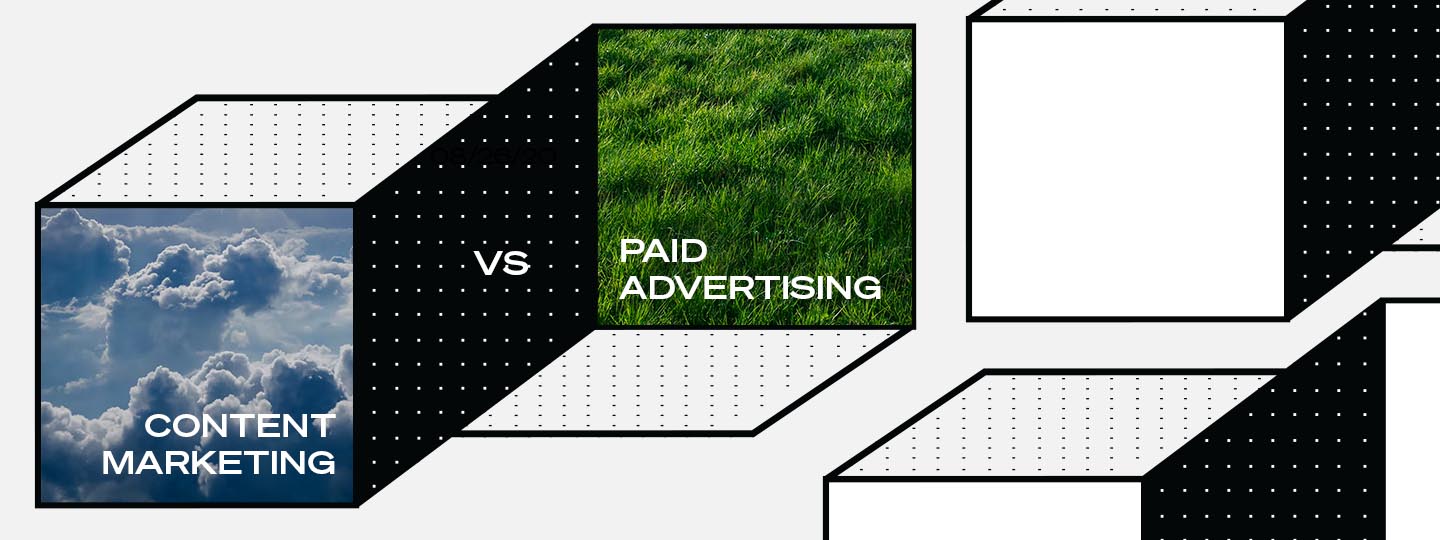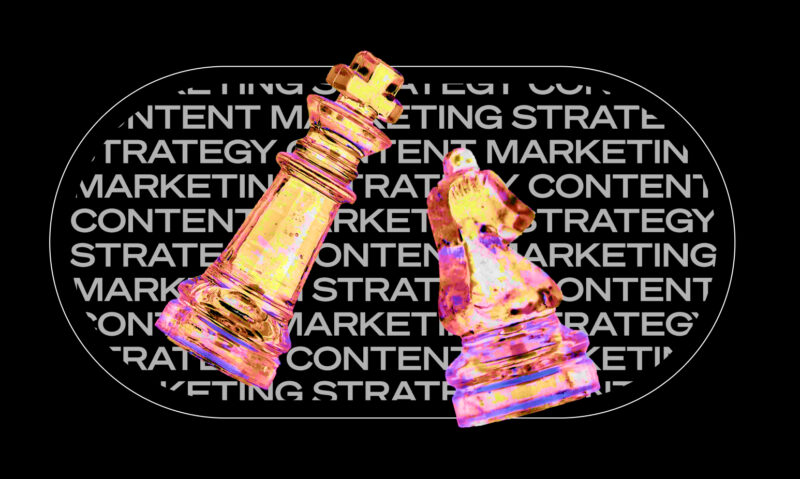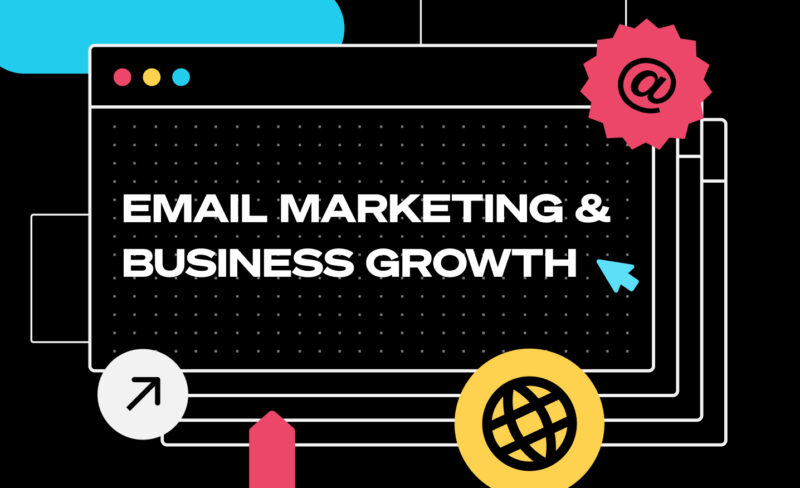Content Marketing Vs. Paid Advertising - Why They Shouldn’t Be Enemies, But Friends
Related Services
Credits
Writer: Dejan Kvrgic

The dilemma you’re facing is… How will you expand your reach and awareness – and should you focus on content marketing or paid ads? Or maybe both?
Content marketing and paid advertising are two great “competitors”. With content marketing, you build up your brand over time and count on compound growth. On the other hand, paid advertising can put you at the top of the SERPs right away, in front of individuals who are eager to buy.
However, is the time and money you need to invest in both strategies worthwhile?
Your dilemma is completely understandable – there’s never a simple answer to the content marketing vs. PPC debate. As always, there are pros and cons to both sides, but which side takes the win? Let’s go over the advantages and disadvantages of both to help you understand. Then you’ll be able to make the best selection for your situation, brand, and target audience.
What Is Content Marketing?
Before we get to the pros and cons, you first need to be completely clear on what both sides are.
The distribution of material across several channels is known as content marketing. It’s a strategic method in which brands create valuable and relevant content in order to attract customers to their product or service and ultimately achieve the desired objectives. Your clients and potential leads want you to provide useful content delivered in a way that seems natural and organic rather than intrusive and annoying. This is where content marketing comes in. It’s the process of attracting, engaging, and delighting your target markets.
You can achieve just that by focusing on effective content marketing and increasing conversions, brand exposure, revenue, and establishing yourself as an industry leader, among other things.
…you’re probably struggling with a few things, one of them being the never-ending battle of content marketing vs. paid advertising.
Types Of Content Marketing
A brand can use a variety of content marketing tactics to attract and retain a certain audience, such as:
Email Marketing
The most prevalent kind of content marketing is email marketing. It is widely used and can be carried out using the existing customer database. A captivating subject line, a clear call to action, and a solid offer are the necessary components of a successful email marketing campaign.
Blogs
The most common way for brands to get their word out on the Internet is blogging. A blog can also be utilized as a lead magnet by offering something in exchange for a customer’s data, such as name, email address, physical address, or phone number. A blog establishes a positive relationship with clients, which is beneficial in the long run.
Visual Content
Visual material is also getting more popular because it’s a simple method to catch people’s attention while they’re at home on their sofa looking through social feeds or online shopping sites. Visual content is intriguing and immediately captures the attention of customers.
Community Participation
It becomes easier to trust your business or brand when you become a member of a community. Participation in the community aids in the development of brand awareness and long-term consumer relationships. Word of mouth is spread to a bigger audience through social media (Facebook and LinkedIn groups, for example). This aids in the creation of trustworthy and genuine content.
How Content Marketing Benefits Your Business
The Content Marketing Institute defines content marketing as follows:
“Information marketing is a strategic marketing technique that focuses on producing and delivering important, relevant, and consistent content in order to attract and maintain a specific audience and, eventually, to drive profitable consumer action.”
In its essence, content marketing services entail the creation, distribution, and publication of media and content in order to attract customers. The purpose is to provide information about a product, service, or company to potential customers. It can also be used to attract new clients by providing interesting content that informs potential customers about the company’s products or services. As a popular method of marketing, content writing has grown in popularity. It has the potential to create leads and traffic, enhance organic rankings, build trust through good content, and provide actual value to potential customers at any point in the purchase cycle. Consider how many times you’ve gone online to study a product or service before making a purchase. Content marketing may turn your company into a resource rather than just a store. When you’re a resource, you become an expert, and experts command the trust necessary to persuade others to buy your product or service.
Challenges Of A Content Marketing Campaign
Blog entries, social media postings, and content marketing services are all excellent ways to reach out to your target demographic.
However, producing enough material to make a genuine difference takes a lot of time and effort, and we all know that in the fast-paced world of marketing, every second counts. A wide range of stuff is shared online every day. As a result, your content will likely struggle to stand out. It may not appear in the SERPs if similar content is available on the Internet or if the content does not provide enough value to readers.
More importantly, content marketing is only effective if it is targeted to the right audience and delivered through the appropriate channels. You must delve into your customers’ buyer persona, habits, hobbies, and lifestyle patterns. If your customer either dislikes the content or the method of communication is wrong, your content marketing efforts will likely fail.
It’s true – content marketing takes more time to net ROI, meaning it necessitates a significant amount of time and effort. You probably won’t notice results for months after you publish your material on average. However, once you begin to see a return on your investment, it snowballs. It takes some time for content to gain traction, but once it does, though, it is unstoppable. Now let’s turn our attention to paid advertising.
What is Paid Advertising?
Paid advertising campaigns are an excellent way for businesses to reach a wider audience with their products and services. Paid campaigns such as Facebook advertisements, YouTube commercials, Google Ads, and others are available in various formats. Paid campaigns can be costly, but they can be incredibly effective if done effectively.
When it comes to paid advertising, businesses have a variety of options. It’s crucial to remember that each option has its own set of advantages and disadvantages, so think about what your company requires before choosing the correct form of ads.
Types of Paid Advertising
As with content marketing, there are several ways you can go within your paid advertising campaign.
Google Ads
Google Ads are sponsored advertisements that appear in Google search results. Advertisements that display on other sites via the Display Network and Google’s AdSense program are also included. One of the most popular ad choices for businesses is Google Ad Campaigns. You can create search advertisements, display ads, or both using Google Ads. Google Ads are only successful if you have a well-designed website with high-quality content, well-designed landing pages cohesive with the ads you place, and relevant information that your customers are looking for.
Your ads campaign will not have great results if your website is not optimized for Google Ads. If your landing page includes irrelevant material or connections to other websites, you are squandering your money. The quality of the content on your landing page is the most crucial aspect that affects the performance of a Google ad campaign, among others.
Pay-Per-Click (PPC)
PPC Marketing is a type of online advertising in which the advertiser pays to have their ad shown on a specific website. Display ads, retargeting, paid search marketing, and other PPC advertising mechanisms are available to businesses and brands.
Some businesses prefer this type of marketing because it is simple to start and stop at any moment, but it can be costly compared to other advertising methods such as Google Ads. PPCs are typically utilized when a company needs rapid results, but other tactics such as Facebook Ads, Twitter Ads, LinkedIn Ads, and Instagram Ads are better for long-term outcomes.
Social Media Advertising
Social media marketing is advertising done on social media channels to attract customers. The most direct approach to interacting and engaging with your audience is social media advertising. Facebook, Instagram, LinkedIn, Twitter, and Pinterest are just a few of the social media networks where you can place your ads.
The most direct approach to interacting and engaging with your audience is social media advertising. Facebook, Instagram, LinkedIn, Twitter, and Pinterest are just a few of the social media networks where you can place your ads. Facebook and Instagram ads are paid ways to reach a larger audience. It’s a clever idea to sell your goods or services on this platform because it generates leads more quickly. It will, however, only yield positive results if you have defined clear objectives and targeted the proper people.
How Paid Advertising Benefits Your Brand
Paid advertising is a cost-effective and efficient way (if done correctly) to increase visitors to your website. It can help you raise brand awareness, generate leads, expand your email list, and promote social media participation.
It is regarded as the most effective means of reaching a target population of potential buyers. By boosting the number of followers, traffic, and leads, this form of marketing can help your organization become more noticeable. You may also target specific niches or geographic areas using it. Paid advertising is about more than just getting your company’s message out there. It also gives you additional reach and followers, resulting in a significant boost in traffic and strong conversion!
Challenges Of A Paid Advertising Campaign
Paid advertising is an efficient way to reach a larger audience rapidly. If a business relies substantially on paid advertising, it may not be able to earn enough revenue. This is because paid advertisements do not earn consumer loyalty that easily. They may help generate brand awareness, but might not persuade a potential buyer to buy from you right from the start.
Content Marketing Vs. Paid Advertising – Friends For Life
Paid advertising is a hard sell, and content marketing is a soft sell.
“Here’s some knowledge you might like,” content marketing says, then waits for you to recognize that the related product or service is also valuable.
“This is the solution you’ve been waiting for, buy now!” shouts paid advertising.
Paid advertising may appear to be better on the surface since it yields faster results, but if your objective is long-term income and consistent growth, content marketing is a must. Every day, consumers get more knowledgeable. They shop the market, research, compare, and make decisions long after seeing your product ads because there are more resources and suppliers than ever before. Furthermore, people are constantly bombarded with advertisements, to the point where they begin to merge into the background. As a result, many advertisers have become quite sophisticated in gaining results.
This means that a particular ad or channel may be effective at first, but is no longer effective once the market has been saturated. In business, paid advertising is akin to pressing the “cheat” button – spend the money to achieve sales. The issue is that most small businesses lack the plan, time, or financial resources to determine whether paid advertising would pay off. Like everything else in business, your enterprise is unique and necessitates a unique answer like everything else in business. Unless you’re willing to pay for it or employ an expert to figure it out, content marketing may be the less expensive option. Furthermore, content marketing creates a valuable asset that grows in value as time goes on. Depending on how many web pages of content you develop and how much organic traffic you receive, your website might be worth hundreds of thousands or even millions of dollars one day.
You can not only earn sales using content marketing, but you can also set up a “retirement plan” that will enable you to cash out if you ever want to. The truth is, no one can tell you for sure which is a better option for your business or a brand. To know for sure, you’ll need to create a marketing campaign that utilizes both, test it across the board, and evaluate what performs best for your company. Most businesses can’t afford to rely on only one or the other – if you want to put your brand on the map, raise awareness, and generate more leads and income, you will need both content marketing and paid advertising.
The Bottom Line
Okay, time for a quick recap. So far, we’ve learned that:
- Content marketing refers to creating content to gain your audience’s trust and loyalty, which leads to profitable results.
- Paid advertising entails paying for a prominent position in SERPs – and the increased traffic that ensues. You’re charged each time a visitor sees (impressions), or clicks (interaction) on your link.
Which one should your business focus on, though? Both, of course!
To get your brand or service out there, you’ll need paid advertising. You’ll also need content marketing to build a stronger brand image that will eventually turn into a valuable resource for your customers, requiring less paid ads to scale, so you see how you can’t and really shouldn’t have to choose. If you’re not sure how to wrap your head around these two concepts and its synergy in successful marketing, hit us up, and let’s discuss the most suitable option for your business!


